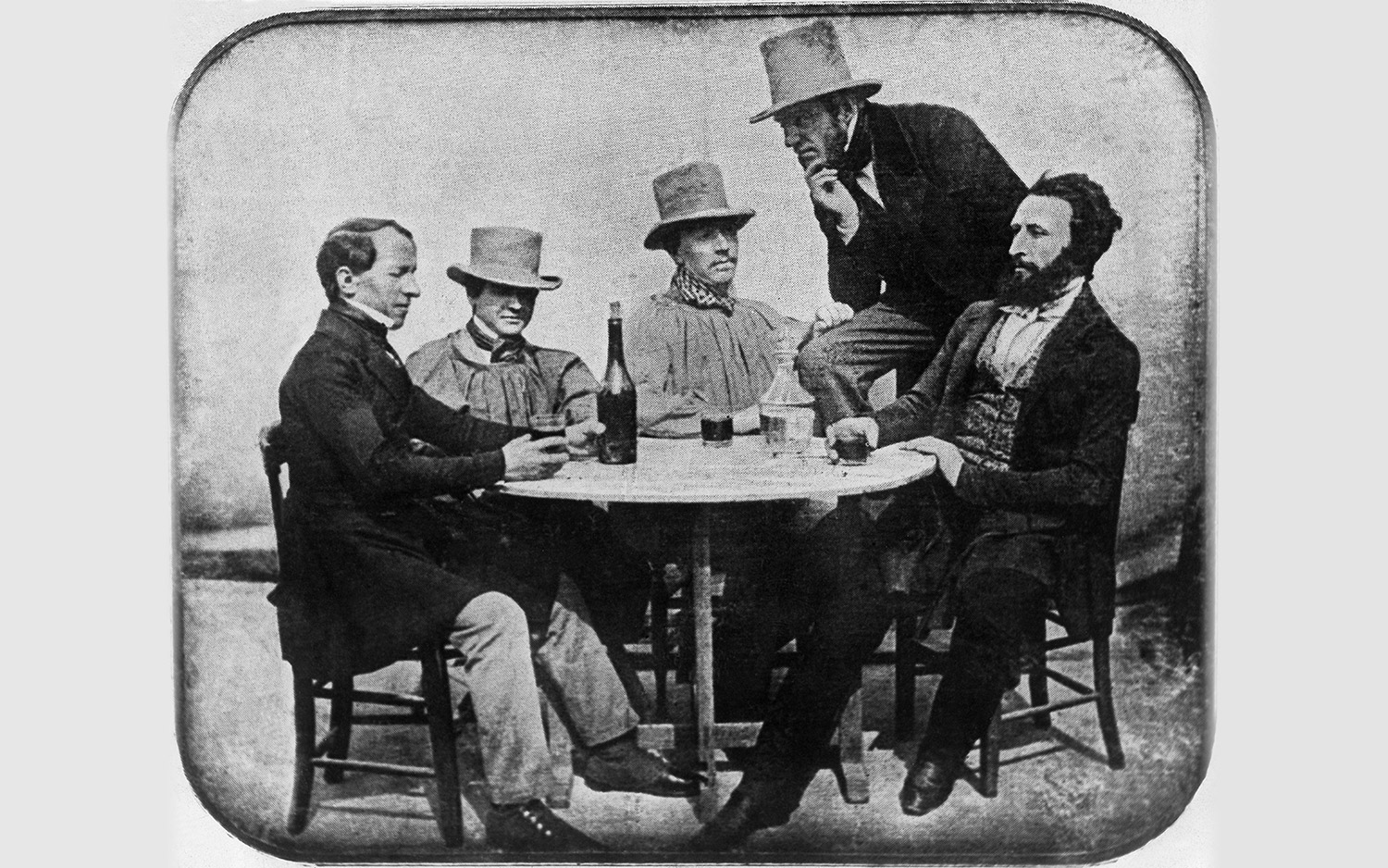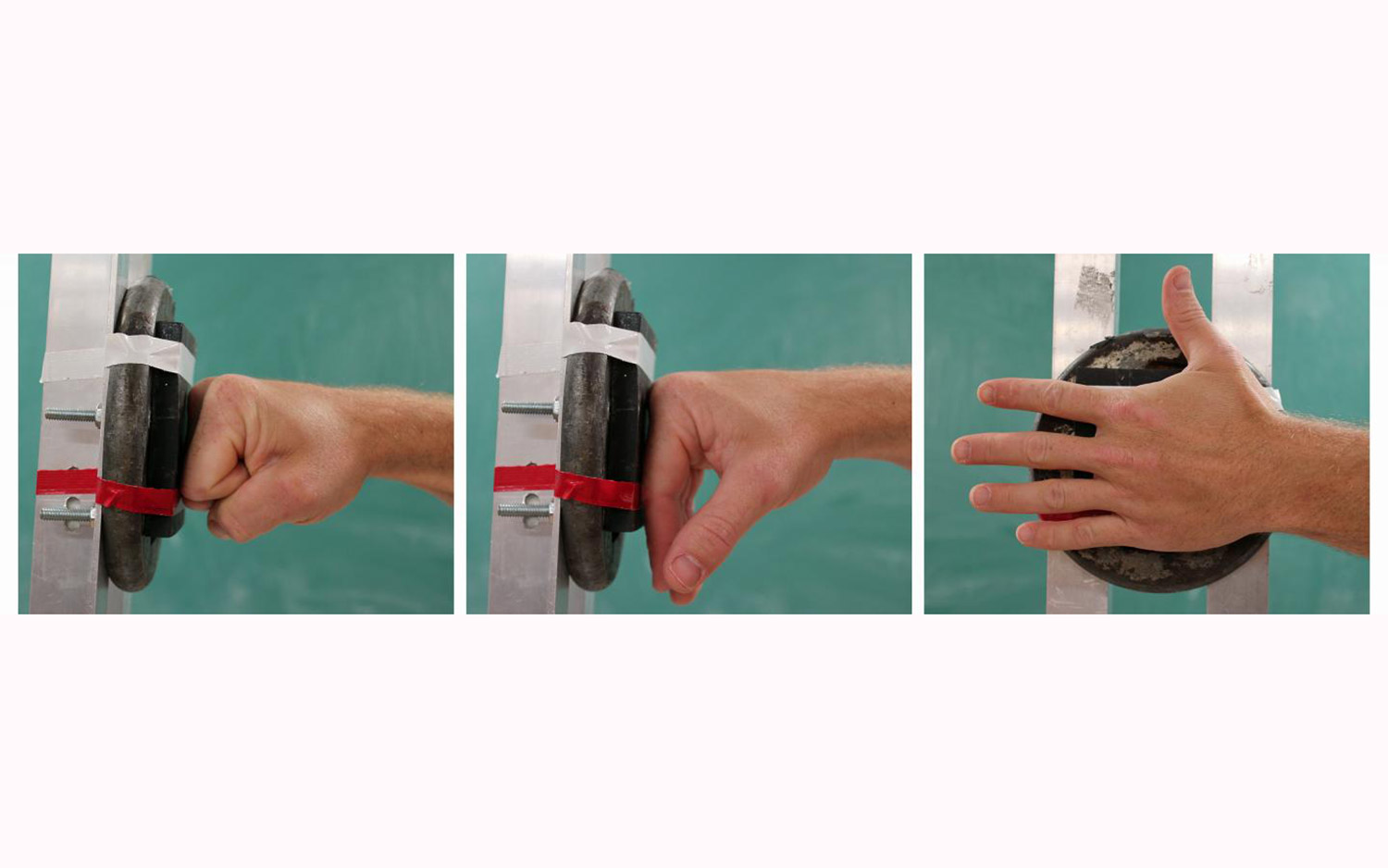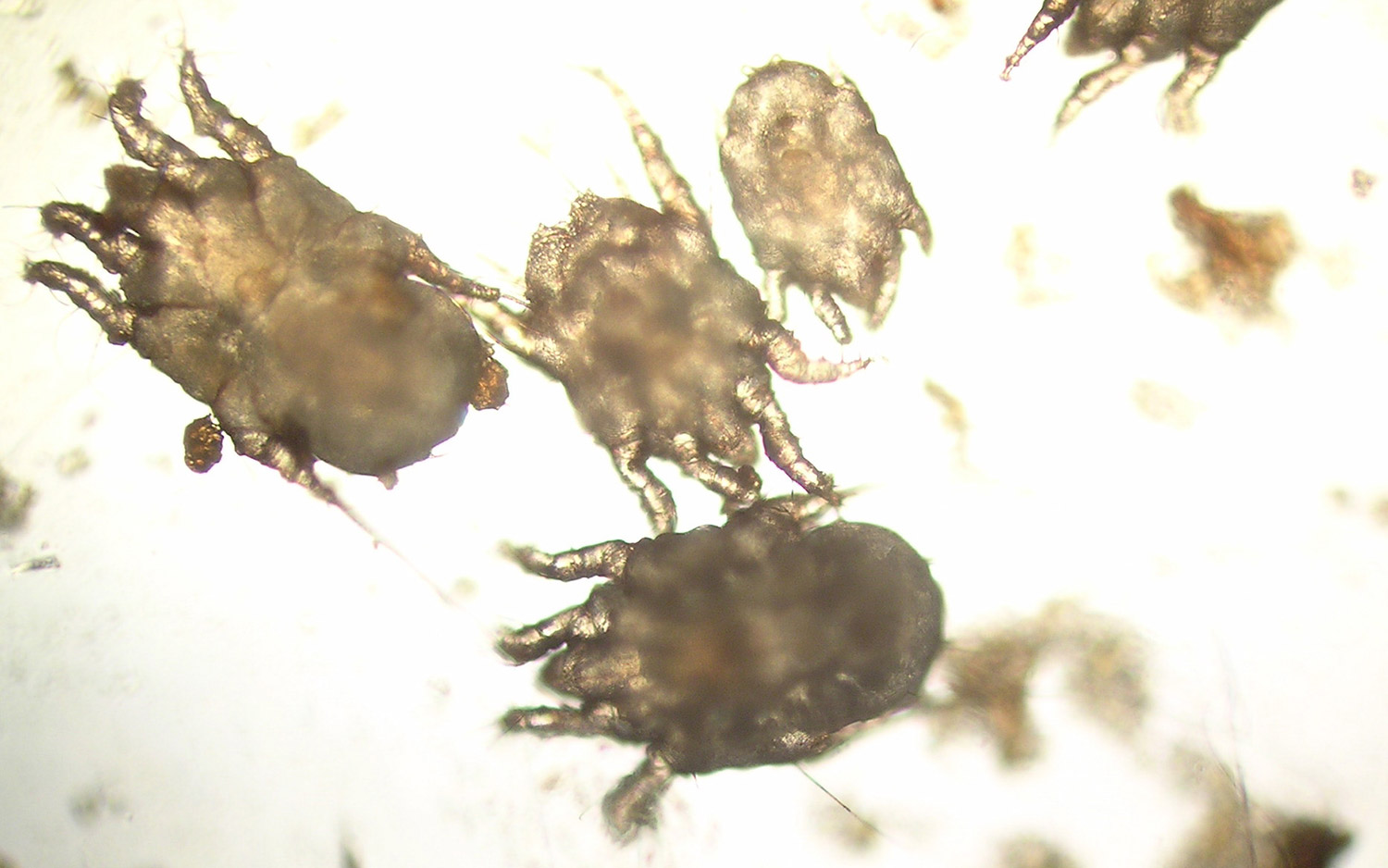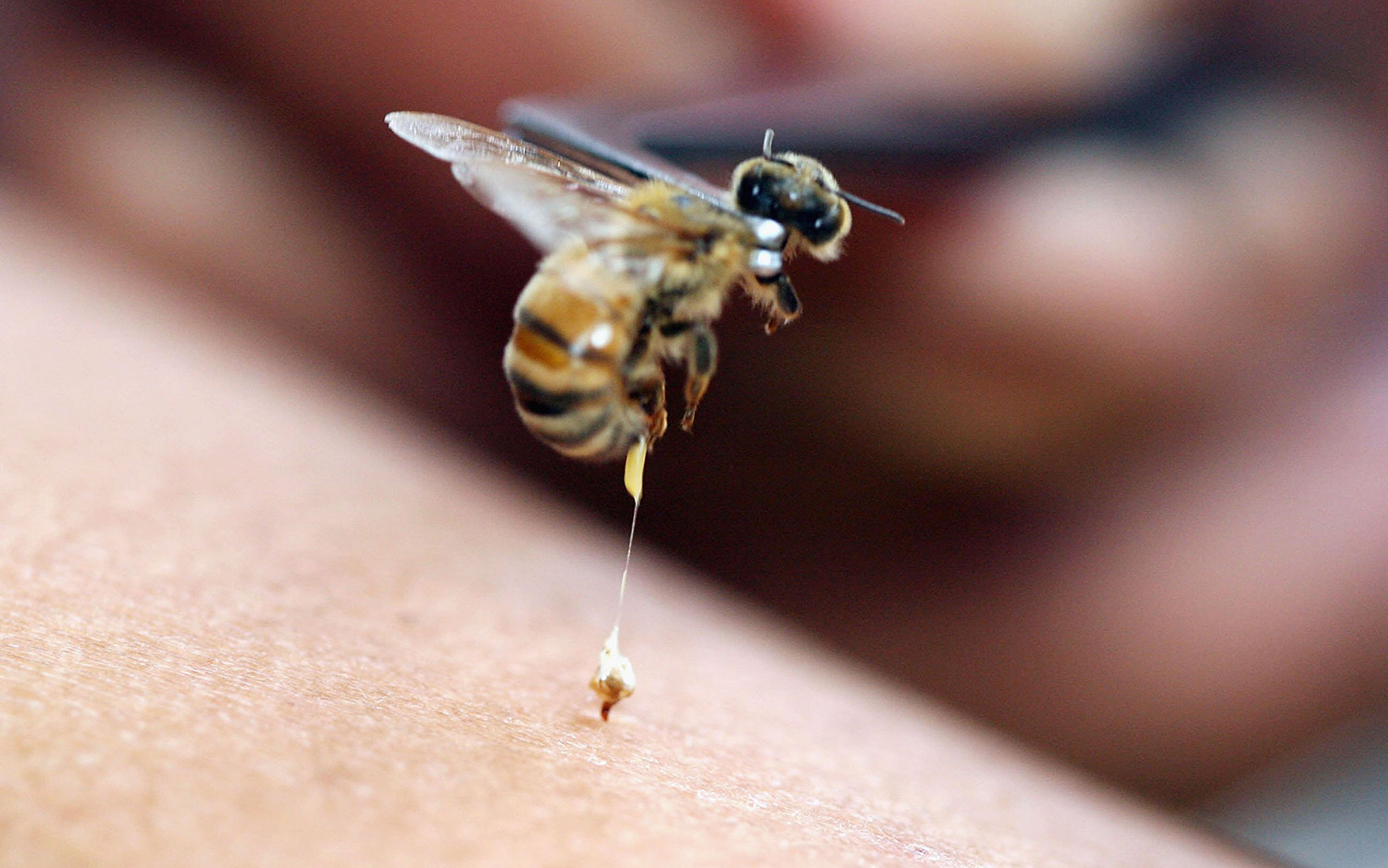10 of the Strangest Medical Studies (in Recent History, That Is)
Strange Medicine

Historical medical literature is filled with strange studies and bizarre experiments that would almost certainly never be carried out today. Take, for example, Romanian forensic scientist Nicolae Minovici, who, in the early 1900s, wanted to learn what it felt like to be hanged. So, he hanged himself. More than once. (Assistants were on hand to lower the scientist to the ground before he could be killed.)
But as Live Science has found, medical studies can still be pretty weird today. Read on for a roundup of 10 of the strangest experiments we could find in recent years.
This one where participants got drunk

It was for a good cause, though. In the study, researchers wanted to find out which was worse: drunk driving or using a phone while driving.
In the study, published in 2006 in the journal Human Factors, researchers recruited 40 social drinkers and tested their performance four times on a driving simulator.
In one driving session, participants used a handheld cellphone, and in a second session, they talked on a hands-free version. A third session tested participants' driving after researchers had plied them with free cocktails until they were legally drunk. A fourth session studied the participants when they were sober and free of distractions.
The findings showed that drivers using either type of cellphone were involved in more traffic accidents in the driving simulation than drivers who were drunk or sober. In fact, cellphone users were more than five times as likely to cause an accident as nondistracted drivers.
This one where semen was injected into a woman's skin

People can have many unusual reactions to having sex, but a British woman's experience is one of the strangest cases reported.
Get the world’s most fascinating discoveries delivered straight to your inbox.
The woman, who had a known allergy to Brazil nuts, developed hives and shortness of breath after intercourse with her boyfriend. He had eaten mixed nuts, including five Brazil nuts, 3 hours before the two hooked up.
Although her beau knew of her food allergy — and even bathed, brushed his teeth and cleaned his nails before the two shagged — the 20-year-old woman still developed a severe reaction. Because the couple did not use a condom, her symptoms could not have been due to a latex sensitivity.
Allergy testing identified the real culprit: Doctors injected into the woman's skin a tiny bit of semen 4 hours after her boyfriend had eaten Brazil nuts, and she had an allergic reaction. Indeed, the doctors concluded that the woman's symptoms were caused by the transfer of small amounts of Brazil nut proteins via semen.
Not long after the incident, the couple broke up.
This one where cadaver arms were used to punch and slap

Don't worry — this morbid experiment was used to study … human evolution?
Here's the gist: Compared to the hand of an ape, a human hand has shorter palms and fingers but longer thumbs. Some scientists argue that the reason for these differences is not only to improve manual dexterity (so we can use various tools) but also to make the hand usable as a fist during fighting.
To test this so-called pugilism hypothesis, researchers designed a creepy-sounding experiment using the severed forearms from eight male cadavers. The study was published in 2015 in the Journal of Experimental Biology.
Each arm was mounted on a wooden board and suspended from a pendulum so the hand could strike a padded surface with force when balled up as a fist or when delivering an open-handed wallop with a flat palm.
After testing hundreds of fists and slaps, researchers found that a clenched fist packed twice the force of an open-handed slap, with a tight fist able to strike with 55 percent more force than a loose fist.
A tight fist was also shown to reduce the strain on the metacarpals (the bones in the palm that connect to the fingers and thumb) to possibly protect these delicate bones from breaking during fights.
Still, many scientists don't agree with this theory. Critics argue that if the hands truly evolved for fistfighting, then the face — a main target of fists —would have developed more protective features and would contain fewer delicate bones.
This one where people drank their own blood

Spoiler alert: It wasn't to study vampirism. Instead, in a study published in August of 2018 in the United European Gastroenterology Journal, researchers had participants drink their own blood to identify better ways to monitor symptoms of inflammatory bowel disease (IBD), which includes Crohn's disease and ulcerative colitis.
In this unusual experiment, researchers asked 16 healthy participants to drink either 3 ounces (100 millimeters) or 10 ounces (300 ml) of their own blood. One month later, the participants came back and switched groups.
After each quaff, the researchers measured the participants' levels of a protein called calprotectin, which can indicate intestinal inflammation when present at higher levels in stool samples. But gastrointestinal bleeding may also be responsible for high levels of fecal calprotectin, which can make it hard for doctors to distinguish the cause of a positive test in people with IBD.
Indeed, the researchers determined that blood in the GI tract should be considered a reason for mild elevations of fecal calprotectin and is probably not related to IBD. But extremely high calprotectin levels may show that a person is having an IBD flare-up.
This one where a researcher performed colonoscopies on himself

Do-it-yourself projects are all the rage, but in 2006, a Japanese gastroenterologist took the craze to another level. Dr. Akira Horiuchi boldly probed the inner contours of his colon by performing a self-colonoscopy multiple times. He then chronicled the peculiar activity in the journal Gastrointestinal Endoscopy.
Horiuchi wanted to show people that colonoscopies are not painful and that fears of the procedure may be exaggerated. So, he used a pediatric endoscope, or a thin, lighted tube, to perform the test while he was in a sitting position.
A colonoscopy is typically done while a person is lying on his or her side, with the procedure performed using an adult-size endoscope, which is a thicker tube.
Horiuchi performed the DIY colonoscopy four times over a two-month period, each time enduring the icky bowel-cleaning prep needed before such an exam. His discomfort level was different for each screening, he said, though he used the same unconventional techniques every time. That variability may explain some of the differences in the amount of pain people experience during the test, Horiuchi said.
This one where people wore wet underwear in the cold

In a small study that may seem like it was proving the obvious, researchers in Norway found that wearing wet underwear in cold weather can be very uncomfortable.
The 1994 study, published in the journal Ergonomics, looked at eight men who sported long-underwear tops and bottoms while sitting in a test chamber for 60 minutes in cold temperatures (50 degrees Fahrenheit, or 10 degrees Celsius). Some men wore wet long-underwear bottoms, while the rest wore dry skivvies. Four wet fabrics with different thicknesses were tested: cotton, wool, polypropylene and a wool-polypropylene blended material.
Every minute of the experiment, the men's skin temperature, rectal temperature and weight loss were measured. Every 10 minutes, the men rated how much they were shivering and sweating and how comfortable they felt.
As surprising as it may seem, the men in wet undies felt colder and less comfortable than the guys in dry drawers. The researchers concluded that to stay comfortable in cold, wet conditions, an underwear's thickness mattered more than its fabric.
This one where a scientist put mites in his ear

Ear mites are pesky critters that can cause extremely itchy infections in the ears of cats and dogs. But what would happen if a person caught the infection? One veterinarian volunteered himself to find out.
The veterinarian, Robert Lopez of New York, described the experiment in 1993 in the Journal of the American Veterinary Medical Association. Lopez inserted ear mites from an infected cat into his own left ear. He immediately heard scratching and moving sounds as the mites explored his ear canal. Then, he experienced an intense itching sensation, and the scratching sounds grew louder as the mites headed toward his eardrum.
It took a month for the infection to go away, Lopez noted, but that didn't stop him from repeating the experiment two more times to see if he could replicate his results, and indeed he could. But with each subsequent infection, his symptoms became less severe and resolved more quickly, suggesting he was developing immunity to the pesky critters.
This one where researchers sat in smoke-filled rooms

If you've ever been in an enclosed space with cigarette smokers, you've probably noticed the lingering scent of smoke stuck to your clothes. And last year, scientists set out to document that phenomenon, in a study published in the journal Indoor Air. (Oh yes, that get its own journal.)
To find out how much nicotine can be absorbed by clothing and skin after cigarette exposure, six male researchers, all of whom were nonsmokers, sat in a room filled with tobacco smoke (from a machine, not a human) for 5 hours. The room's nicotine air concentration created exposure levels similar to those found in British pubs that allow smoking.
Four of the researchers wore only shorts, while the other two wore clean clothes. In a second session a week later, two participants wore their clothes that had previously been exposed to nicotine, while the two bare-chested men showered immediately after the experience.
Although scientists had thought that skin provides a good barrier against nicotine, the study found that nonsmokers' skin can absorb nicotine from cigarette smoke at a level similar to that found when inhaling it through the lungs. This nicotine takes several days to be released from the body, the researchers found.
Showering after being in a smoke-filled room or quickly changing into clean clothes can reduce the amount of nicotine that seeps into the skin.
This one where people had to make out for 2 minutes

Kissing may hold clues that could help solve crimes, according to a 2013 study in the journal Forensic Science International: Genetics.
Researchers in Slovakia found that male DNA can be detectable in a woman's saliva as soon as 10 minutes after an intense kissing session, and genetic material may be identifiable for at least 60 minutes after the make-out episode.
In the experiment, researchers asked 12 twosomes to passionately kiss for at least 2 minutes. The scientists tested the women's saliva for evidence of male DNA immediately after the pairs smooched, as well as 5, 10, 30 and 60 minutes later.
Knowing that traces of male DNA can linger in a woman's mouth and be detectable for at least an hour after kissing could be useful in criminal investigations, the researchers suggested. Prompt collection of a woman's saliva may be valuable evidence to identify suspects or establish innocence in cases of sexual assault and rape, in which a perpetrator may constrain a victim from making noise by kissing her, the researchers said.
This one where a researcher let a bee sting him, a lot

Getting stung by a bee can be a real pain — but as Michael Smith, an entomology professor, learned in a strange experiment, getting stung is more painful in some places than others.
To find out which part of the body was the most painful spot to get a bee sting, Smith let a European honey bee (Apis mellifera) sting him from head to toe over the course of 38 days. The experiment included bee stings on 25 different body parts, such as the cheek, armpit, fingertip, backside, belly and calf, according to the study, published in 2014 in the journal PeerJ.
Based on his own pain ratings, Smith found that the three most painful places to be stung were the nostrils, which topped the list, followed by the upper lip and the penis shaft (yikes!). The least painful areas were the skull, tip of the middle toe and upper arm, which all had the same low rating.
Because only one man was involved in the experiment — with no women — the findings cannot be generalizable to other people, Smith said. But they can approximate how much it hurts when a bee stinger plunges into skin.
Cari Nierenberg has been writing about health and wellness topics for online news outlets and print publications for more than two decades. Her work has been published by Live Science, The Washington Post, WebMD, Scientific American, among others. She has a Bachelor of Science degree in nutrition from Cornell University and a Master of Science degree in Nutrition and Communication from Boston University.


